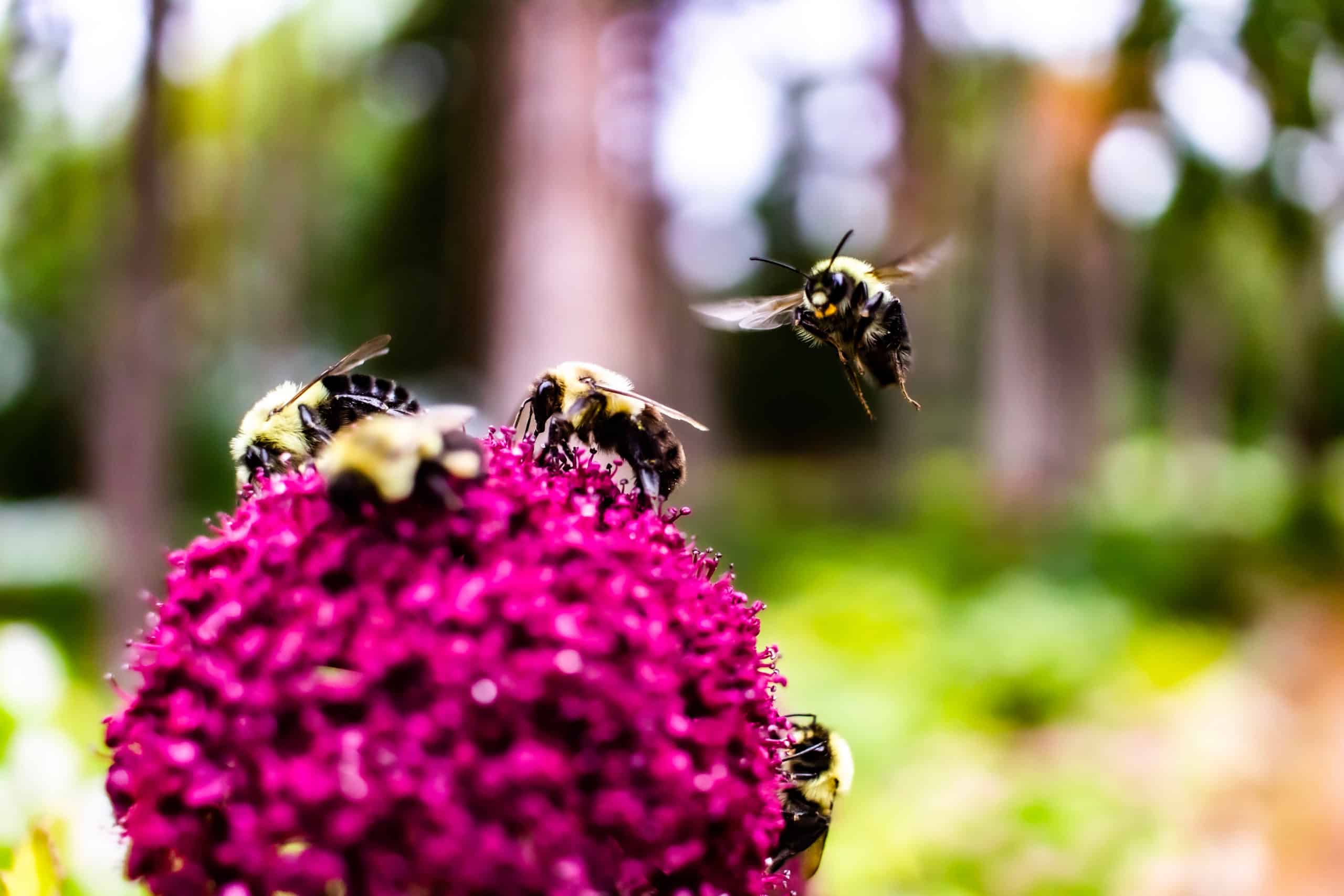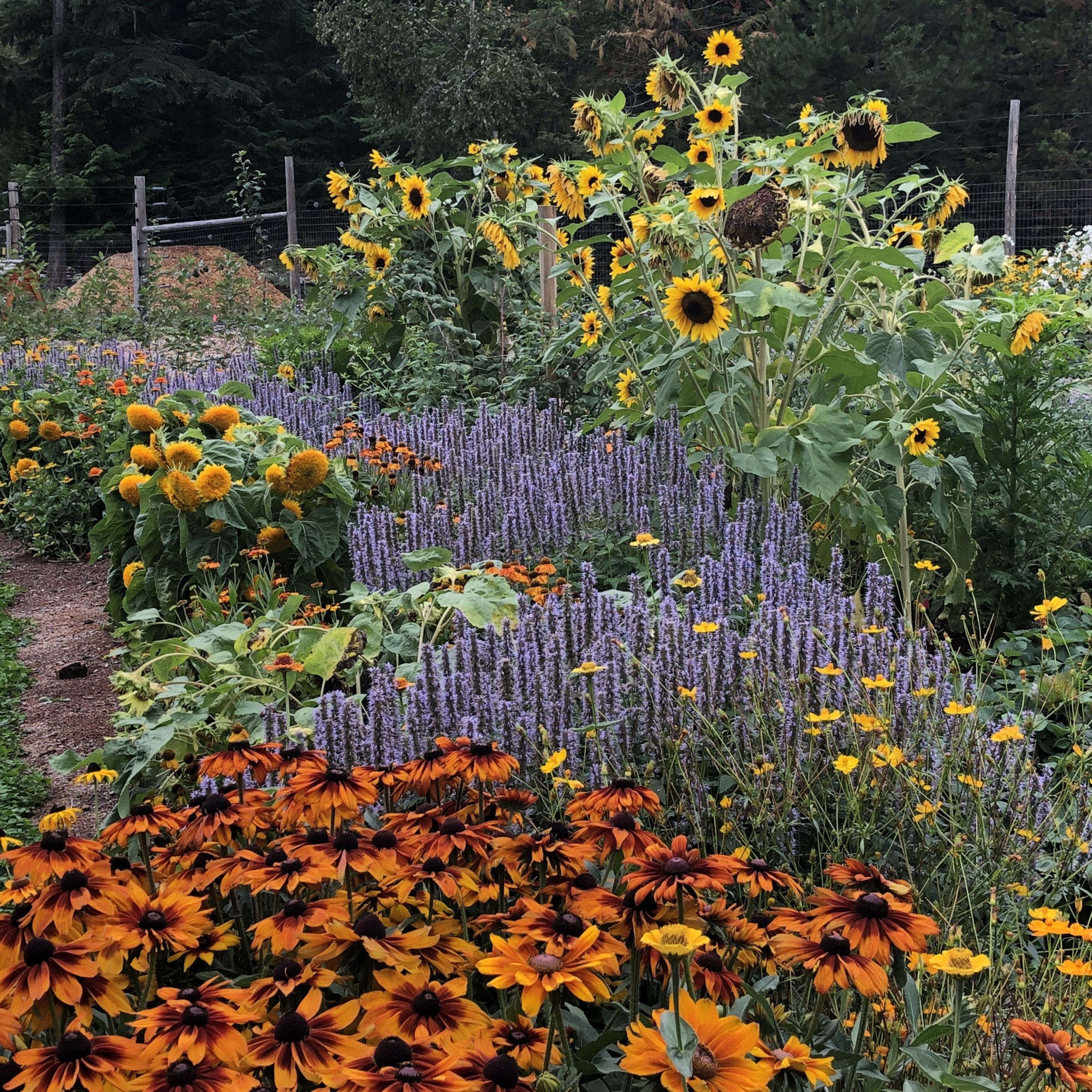Attract Bees to Your Garden: A How-To Guide

Imagine your garden as a bustling metropolis, teeming with life and vibrancy. Now, picture the bees as the tiny, diligent workers that keep this city thriving. Bees are not just pleasant visitors; they are essential pollinators that ensure your garden blooms beautifully. But how do you attract these industrious creatures to your green space? Let's dive into a comprehensive guide on how to attract bees to your garden, transforming it into a pollinator paradise.
Understanding the Importance of Bees
Before we delve into the specifics of attracting bees, it's crucial to understand why they matter. Bees are the unsung heroes of our ecosystem, responsible for pollinating a significant portion of the world's food crops. Without them, our gardens and farms would struggle to produce the abundance we enjoy today. By creating a bee habitat in your garden, you're not just beautifying your space; you're contributing to a healthier planet.
Creating a Bee-Friendly Garden Design
Choosing the Right Location
The first step in attracting bees is to choose the right location for your pollinator garden. Bees prefer sunny spots, so select an area that gets plenty of sunlight throughout the day. Additionally, ensure that your garden is sheltered from strong winds, as bees prefer calmer environments.
Planting Bee-Friendly Plants
One of the most effective ways to attract bees is by planting bee-friendly plants. These plants are rich in nectar and pollen, providing bees with the sustenance they need. Some popular bee-friendly plants include:
- Lavender: Known for its fragrant flowers, lavender is a favorite among bees.
- Sunflowers: These tall, vibrant flowers are not only beautiful but also provide a rich source of nectar.
- Coneflowers: With their cone-shaped centers, these flowers are easy for bees to access.
- Asters: These late-blooming flowers offer a crucial food source for bees in the fall.

Diversifying Your Plant Selection
Variety is the spice of life, and this holds true for bees as well. Aim to plant a diverse range of flowers that bloom at different times of the year. This ensures that bees have a continuous food source, making your garden an attractive destination throughout the seasons.
Providing Essential Resources
Water Sources
Bees need water just like any other creature. Providing a shallow water source, such as a birdbath or a small pond, can attract bees to your garden. Ensure the water source is shallow enough for bees to safely access without drowning.
Nesting Sites
Creating nesting sites is another effective way to attract bees. Many bee species are solitary and prefer to nest in hollow stems or small holes. You can create artificial nesting sites using bundles of hollow stems or drilling holes in wooden blocks.
Maintaining a Pollinator-Friendly Environment
Avoiding Pesticides
Pesticides can be harmful to bees, so it's best to avoid them in your garden. Opt for natural pest control methods instead. For example, introducing beneficial insects like ladybugs can help control pests without harming bees.
Letting Nature Take Its Course
Sometimes, the best thing you can do is let nature take its course. Allow some areas of your garden to grow wild, providing natural habitats for bees and other pollinators. This can include leaving dead wood and leaf litter, which can serve as nesting sites for various bee species.
Additional Tips for Attracting Bees
Planting in Clusters
Bees are more likely to visit gardens with clusters of the same type of flower. Planting in groups not only attracts bees but also creates a visually appealing garden design.
Incorporating Native Plants
Native plants are well-adapted to your local environment and are often the best choice for attracting local bee species. Research the native plants in your area and incorporate them into your garden design.

Providing Shade and Shelter
While bees love sunny spots, they also need shade and shelter. Planting trees and shrubs can provide the necessary cover for bees to rest and protect themselves from predators.
Conclusion
Attracting bees to your garden is not just about creating a beautiful space; it's about fostering a thriving ecosystem. By choosing the right plants, providing essential resources, and maintaining a pollinator-friendly environment, you can transform your garden into a haven for bees. Remember, every small step you take towards creating a bee-friendly garden contributes to a healthier planet.
So, why not start today? Plant those bee-friendly flowers, set up a water source, and watch as your garden comes alive with the buzz of bees. Your efforts will not only beautify your space but also support the vital role bees play in our ecosystem.
FAQs
What are the best bee-friendly plants? Some of the best bee-friendly plants include lavender, sunflowers, coneflowers, and asters. These plants are rich in nectar and pollen, providing bees with the sustenance they need.
How can I provide water for bees? You can provide water for bees by setting up a shallow water source, such as a birdbath or a small pond. Ensure the water source is shallow enough for bees to safely access without drowning.
Should I use pesticides in my garden? It's best to avoid pesticides in your garden, as they can be harmful to bees. Opt for natural pest control methods instead, such as introducing beneficial insects like ladybugs.
Why is it important to attract bees to my garden? Bees are essential pollinators that ensure your garden blooms beautifully. By creating a bee habitat in your garden, you're not just beautifying your space; you're contributing to a healthier planet.
How can I create nesting sites for bees? You can create nesting sites for bees by using bundles of hollow stems or drilling holes in wooden blocks. Many bee species are solitary and prefer to nest in these types of environments.
0 Response to "Attract Bees to Your Garden: A How-To Guide"
Post a Comment